Days 1-2 After emerging from their capped cell they get some pollen to eat then get to work cleaning their room, I mean cell. They also work to keep the brood warm. You can see lots of capped brood almost ready to emerge. Days 3-11 These young bees are called Nurse Bees, because they take care of feeding the larva. Days 3-5 they feed the older larva and days 6-11 they feed the youngest larva. Days 12-17On day 10 bees develop wax producing glands on their abdomen. Researchers still don't know exactly how it works, but I think it is a little like ear wax. At this age the bees are eating lots of honey to convert to wax. For every 6 pounds of honey they eat (as a group), they produce 1 pound of wax. They use this wax to build the comb. The comb wax is cream colored when it is new or freshly built. During days 10-16, bees are best at producing wax as they get older they produce less wax. So during days 12-17 they are making wax and building comb. They also carry food to store in the cells and perform undertaker duties. An undertaker is someone who takes care of the dead. As a bee they take any dead bees out of the hive. Days 18-21During this time, a bees stinger is at maximum potency. That means it has some really strong venom. Since they have the strongest stingers they work as guard bees. A guard bee inspects every bee that enters the hive. They can smell the bee and tell if they are from this hive or another. If a bee from another hive comes to the door with pollen or nectar the guards won't stop them. It's like they are bringing gifts. If a honey bee from another hive comes with nothing the guards won't let them enter. If a wasp, bumble bee, or yellow jacket tries to enter the guard bees will not let them in either. They will release a pheromone or a smell to warn the others. It works a lot like a fire alarm warning people there may be a fire. Other bees will come out and attack. If they are trying to rob the hive, by stealing their honey, the bees will attack. Days 22-death (40-45)This is when the worker bee begins to forage. They start searching and collecting water, pollen, and nectar. The single bee will travel to many different flowers of the same kind collecting pollen and nectar. They pollinate these flowers when pollen sticks to the hairs on their body and then rubs off onto another flower.
0 Comments
Leave a Reply. |
AmandaStaring at the dancing bees in an observation hive, it hits me. I love how these tiny creatures communicate. It looks like they're having fun dancing around while telling their sisters where to find some nectar. Amanda's Sting Count
2013- 6 stings 2019- 0 Archives
April 2019
Index
All
|
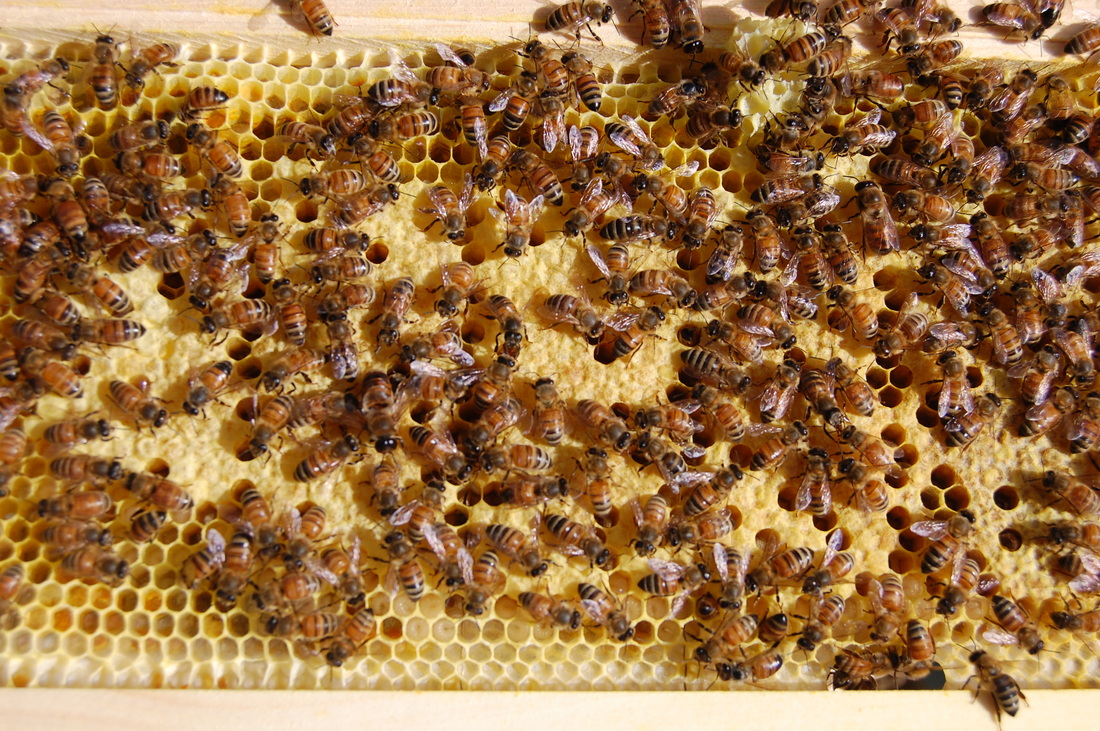
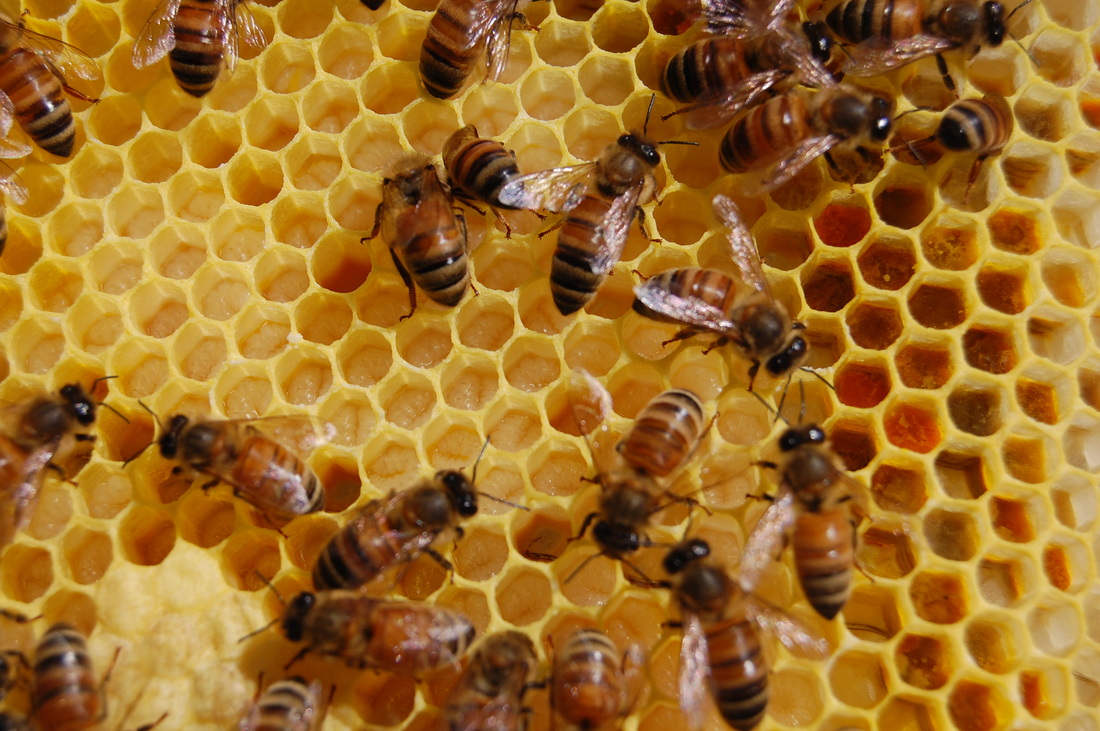
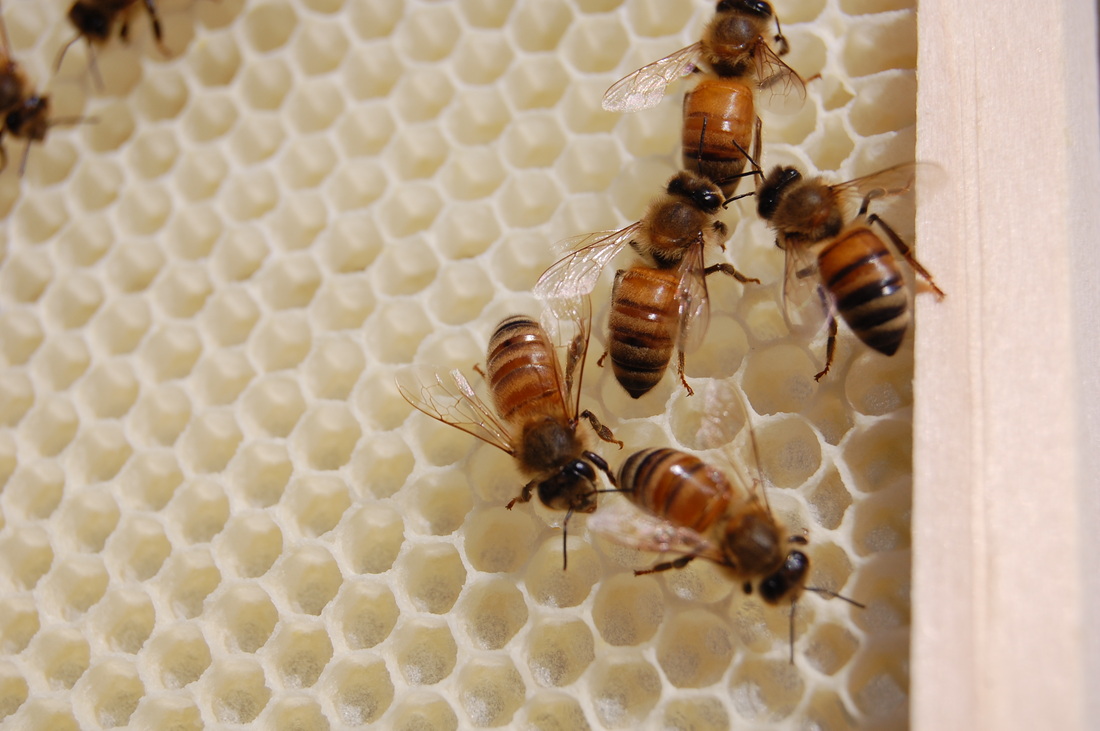
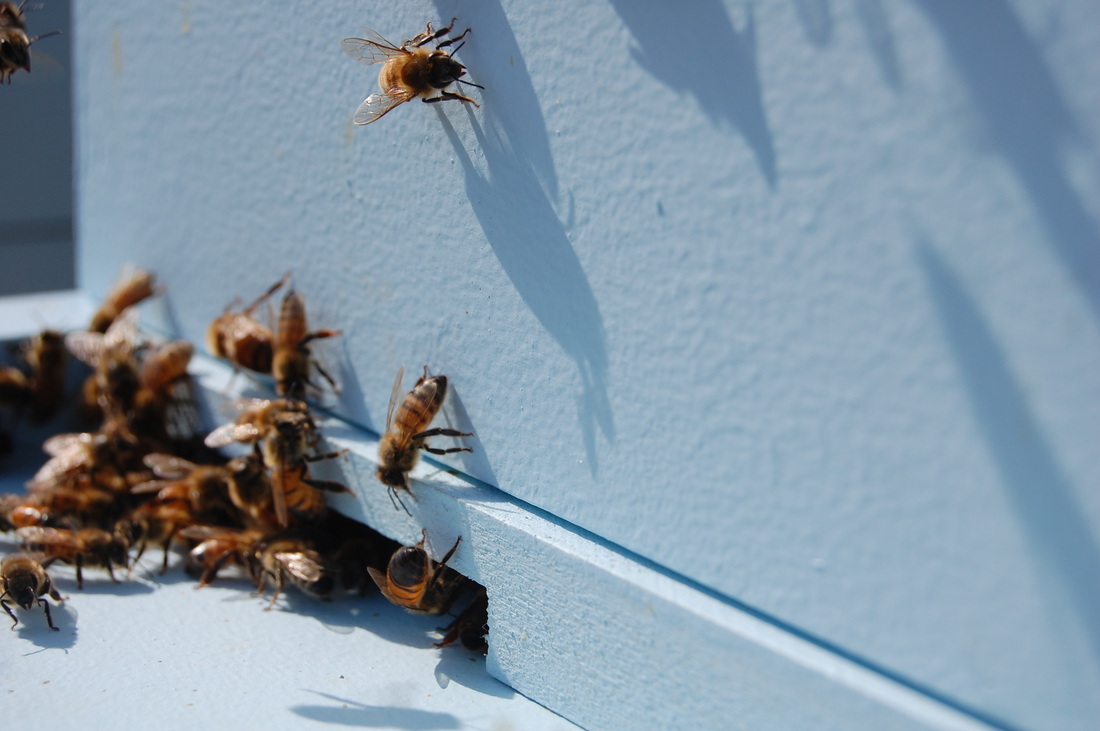
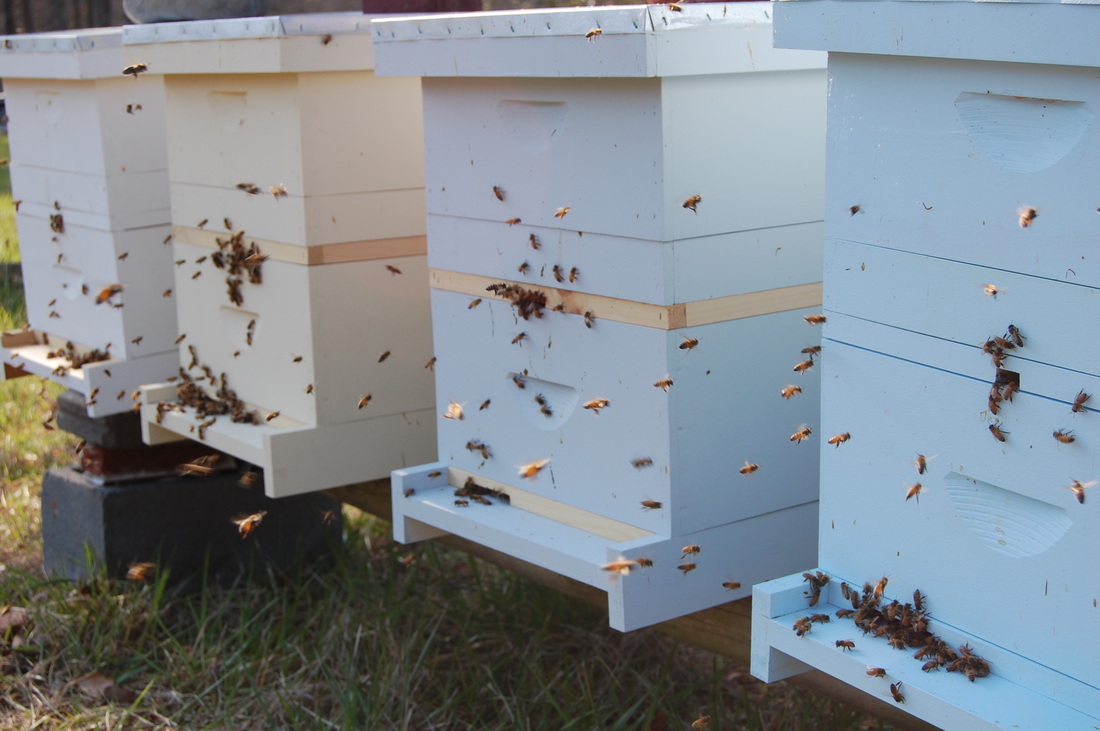
 RSS Feed
RSS Feed
